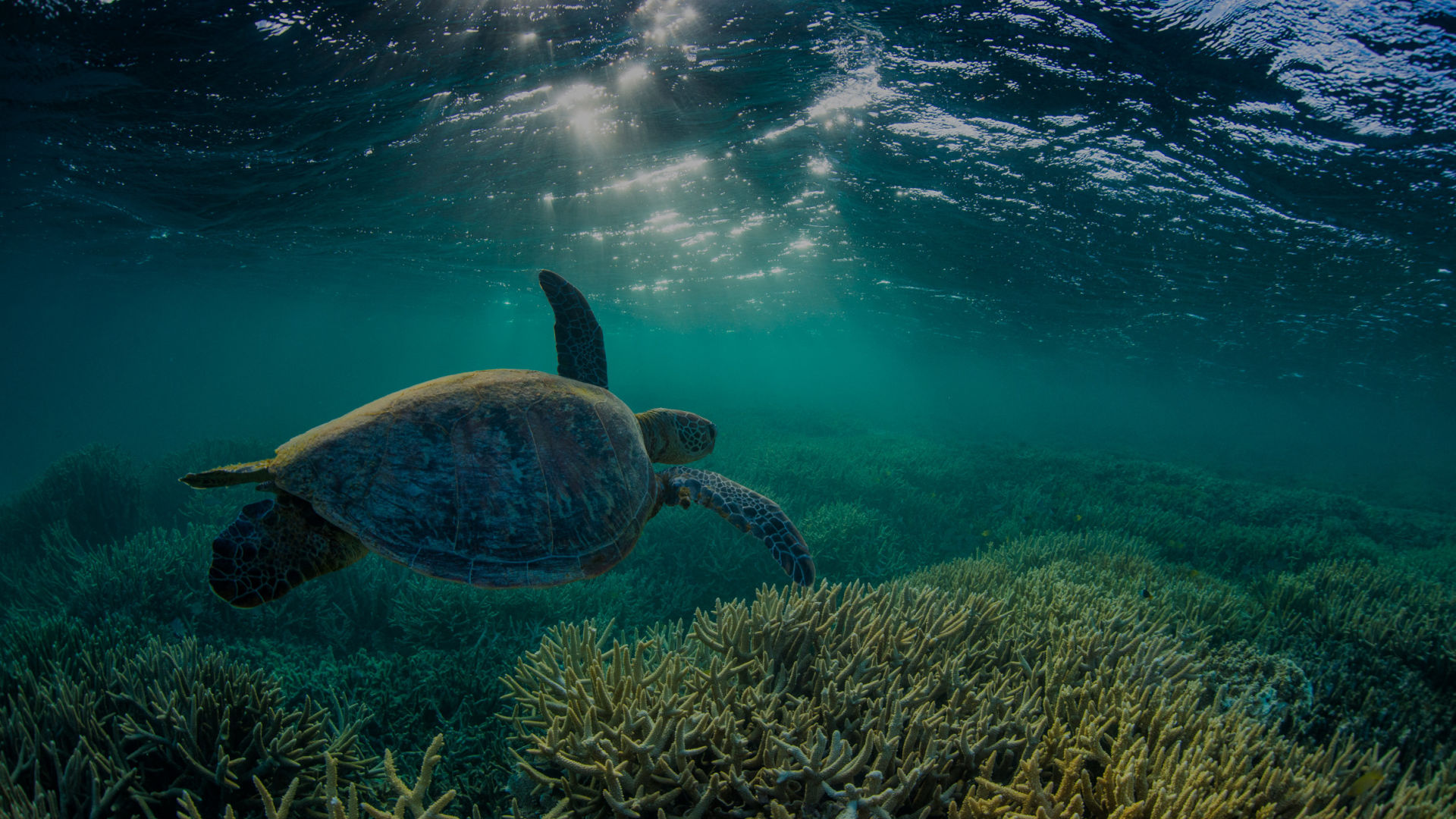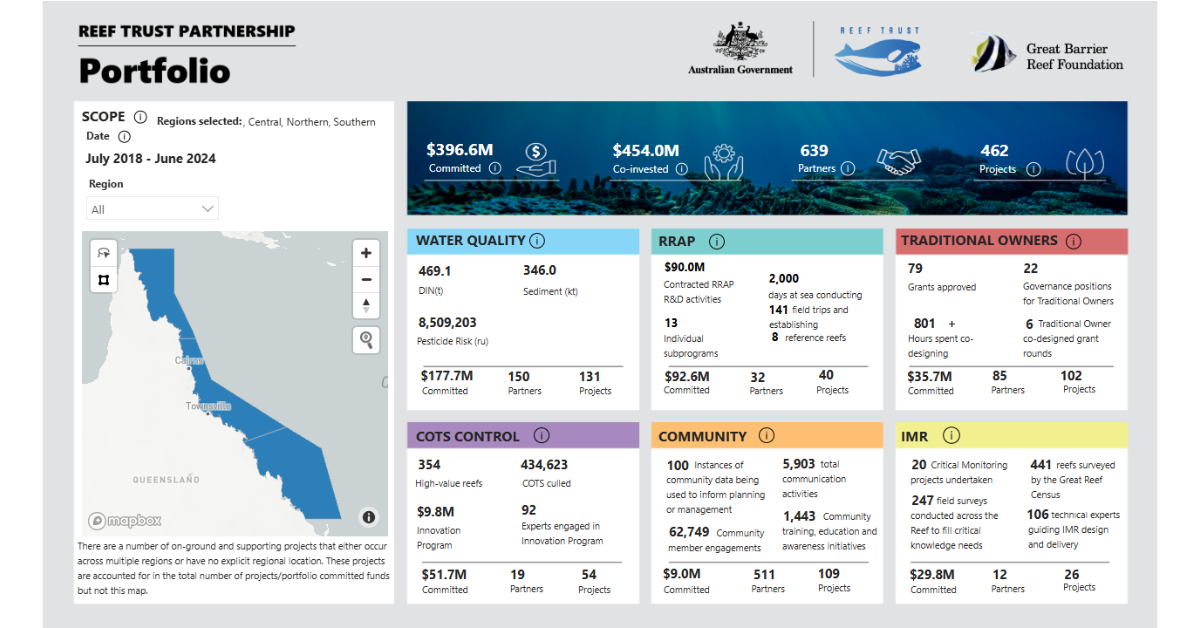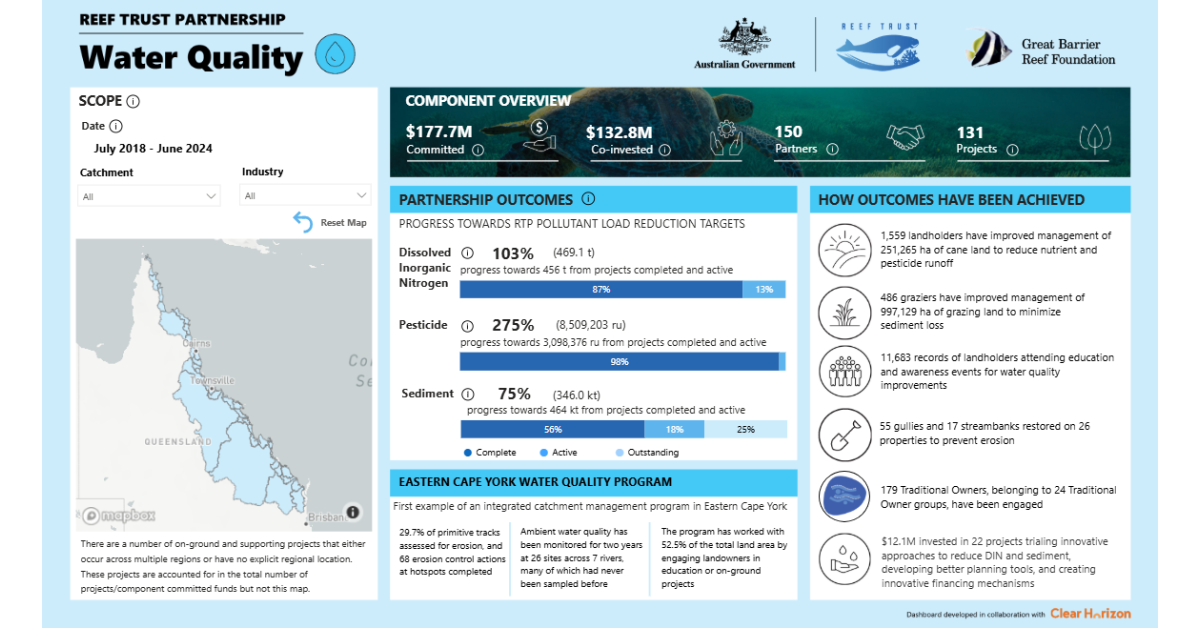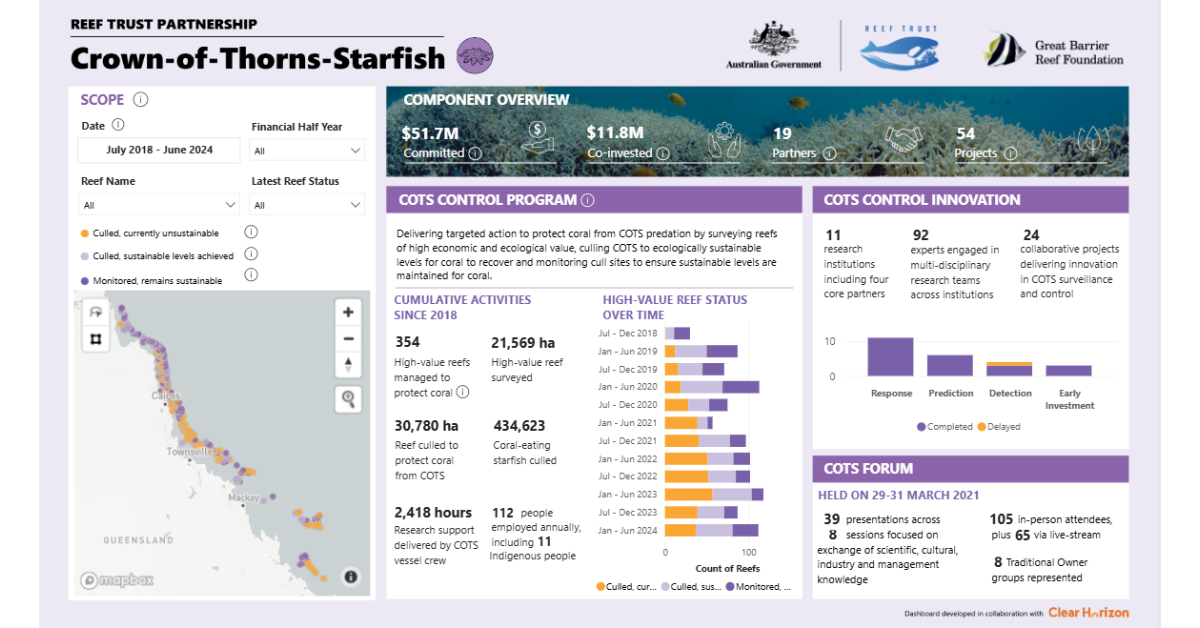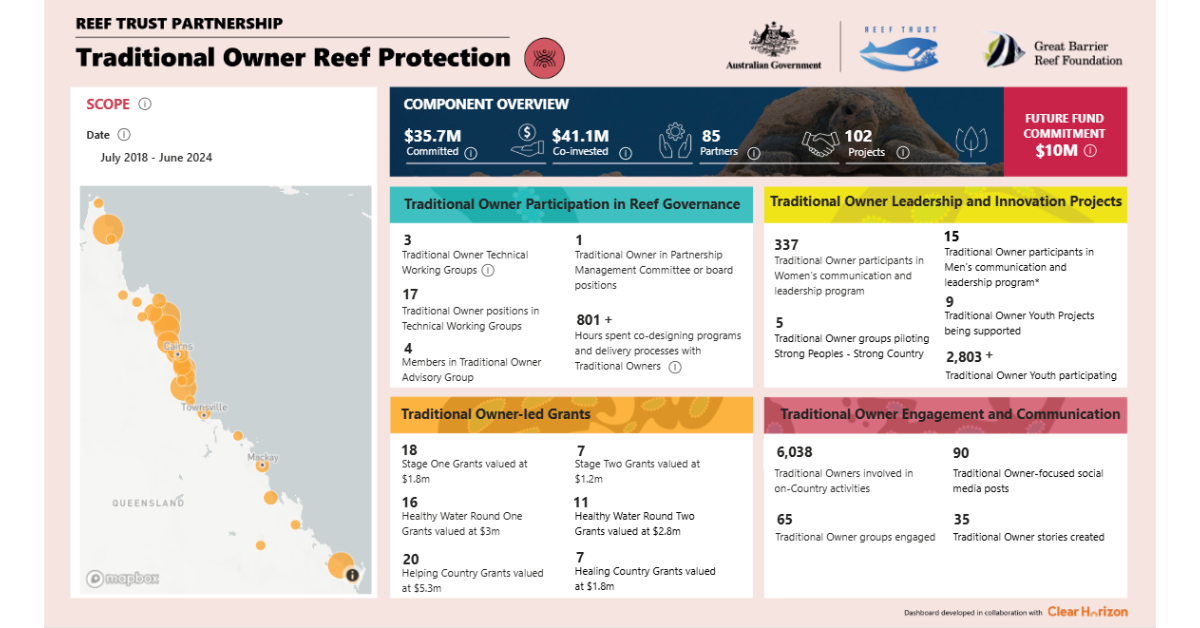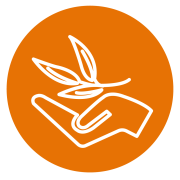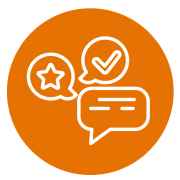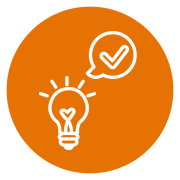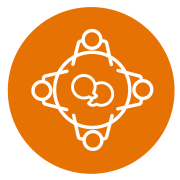Anchored in best practice MEL principles, the framework was both fit for purpose and practical. It was designed to manage complexity, recognise diverse contributions, and remain adaptable as the Partnership evolved over its six-year journey. The MEL plan could capture the Partnership’s multifaceted nature, celebrate the varied contributions of its over 500 partners, and adapt as understanding deepened and priorities shifted.
As the Partnership evolved and delivery teams consolidated, Clear Horizon’s multidisciplinary team walked alongside the Foundation. We helped establish annual internal evaluation processes, delivered targeted ‘deep dives’ into emerging areas of interest, periodically revised and updated MEL processes, and conducted independent formative and summative evaluations.
“Having that phone-a-friend on tap was really useful because we were often operating in quite a reactive environment and learning as we went” – Theresa Fyffe, Executive Director of Projects and Partnerships.
As a result of the ongoing capability building delivered alongside our work, MEL became more deeply embedded within the organisation, fostering a learning culture that supported their work.
“There was definitely a capability uplift. We had staff move on to other roles and say that having those MEL skills unlocked other opportunities for them.” – Theresa Fyffe.
“Capability-building wasn’t a by-product; it was a central goal. When people understand MEL, they own it — and that ownership is what keeps learning alive.” – Nathan Delbridge, Clear Horizon Principal Consultant.


